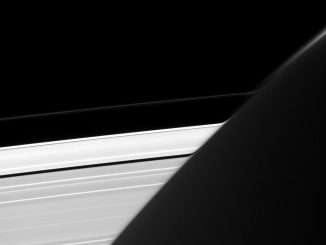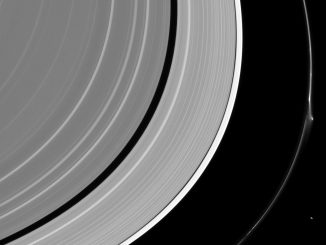
Cassini spacecraft

Picture This

Picture This

Picture This

Picture This

Picture This

News






© 2019 Pole Star Publications Limited